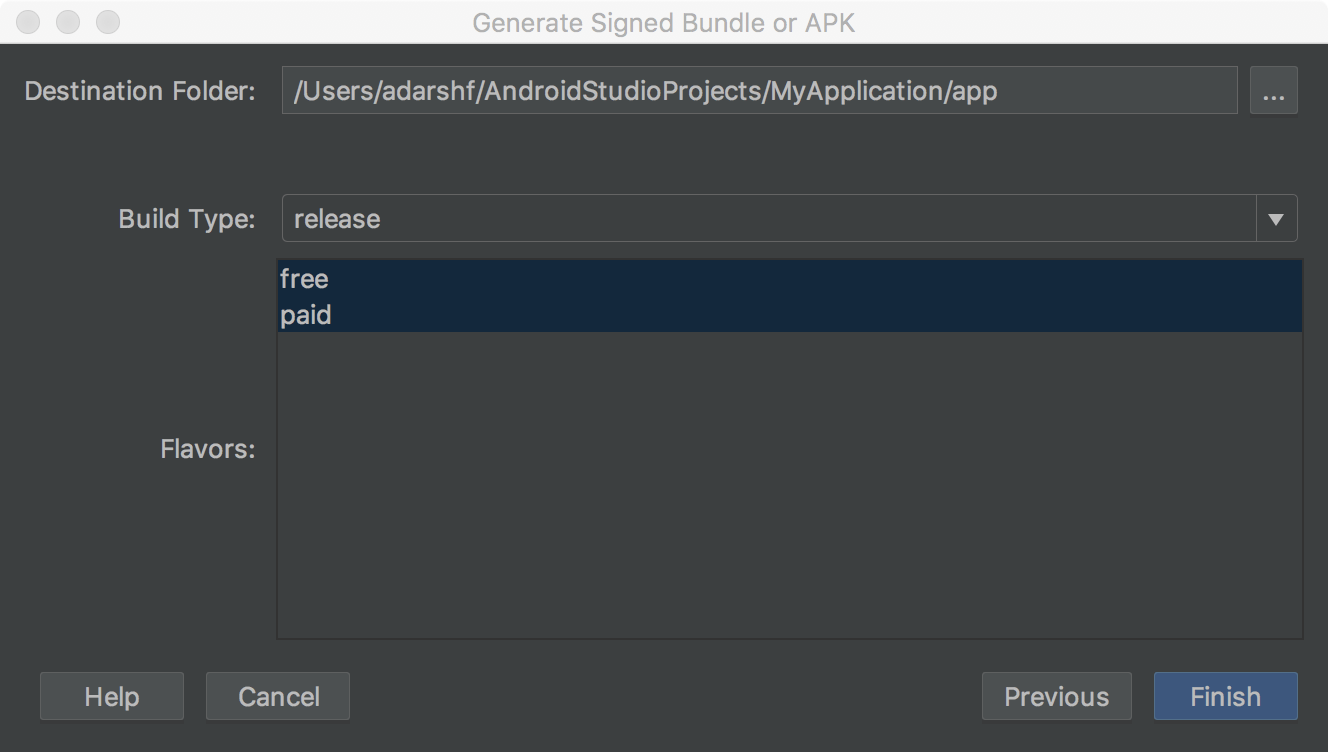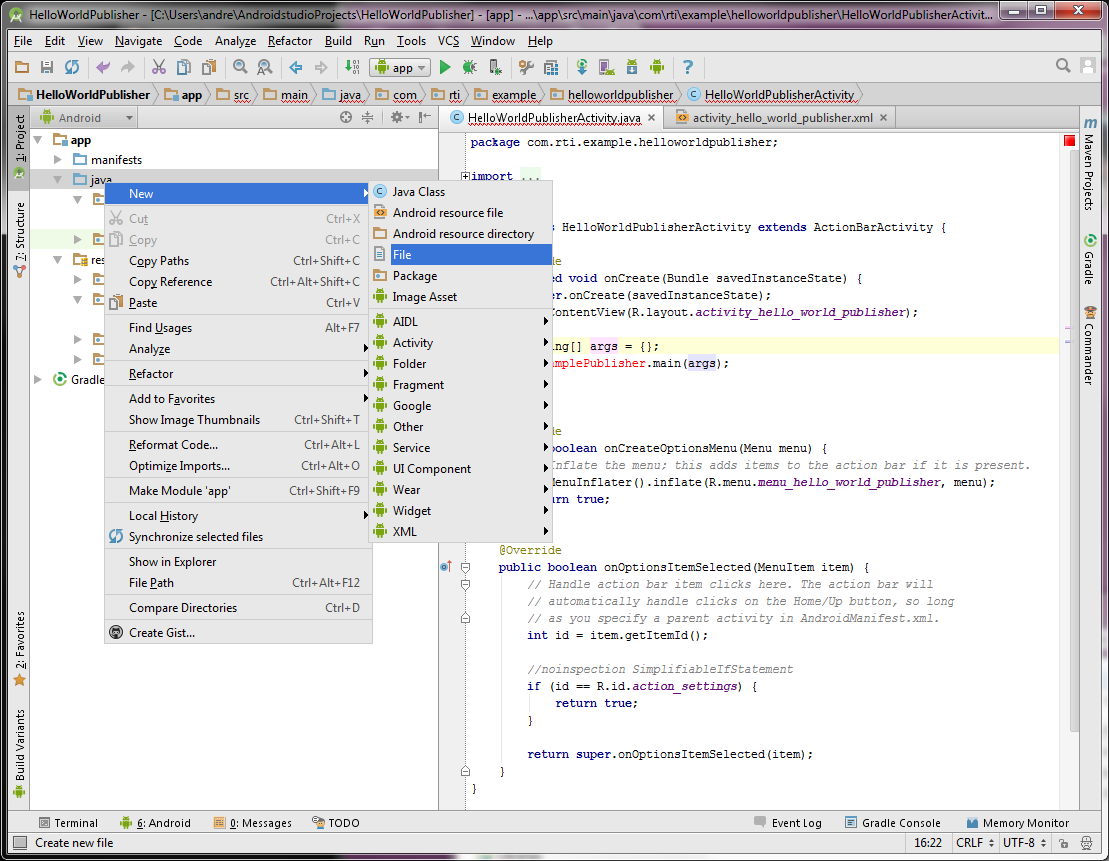

- #HOW TO BUILD ANDROID STUDIO APK COMMAND LINE PASSWORD#
- #HOW TO BUILD ANDROID STUDIO APK COMMAND LINE DOWNLOAD#

#HOW TO BUILD ANDROID STUDIO APK COMMAND LINE PASSWORD#
The password fields should be enclosed in ' in order to escape characters inside. In my case it looks like this on macOS: .file=/Users/farbklex/workspace/my_app The path to your keystore must be absolute. The command in buildUniversalApk.sh passes the information as parameters to the gradlew task in order to make it easily usable in a CI environment. Leaving the information in gradle is considered bad practice due to security concerns. Any help would be greatly appreciated, thanks. I'm struggling to find any documentation or other examples of Xamarin.Android projects being built and packaged using only the command line. The above commands create a project dir gradle under your output directory. Using MsBuild to rebuild a project on Windows is successful but I would like to be able to automatically generate a complete APK for QA testing using Jenkins. This will however only create an unsigned APK unless you specify the signing informations in your gradle file or pass the information through the command line as shown below. Make sure you have followed android build instructions already. You can use packageReleaseUniversalApk with the name of your base application module (e.g.: app) to create a universal APK.
#HOW TO BUILD ANDROID STUDIO APK COMMAND LINE DOWNLOAD#
This makes creating universal APKs easier since APK creation and signing are executed with one command and no separate download of bundletool is required. The gradle wrapper has a task for this already. But universal APKs can be created via the bundletool and signed later. Android Studio doesn't automatically include dynamic feature modules when building signed release APKs.


 0 kommentar(er)
0 kommentar(er)
